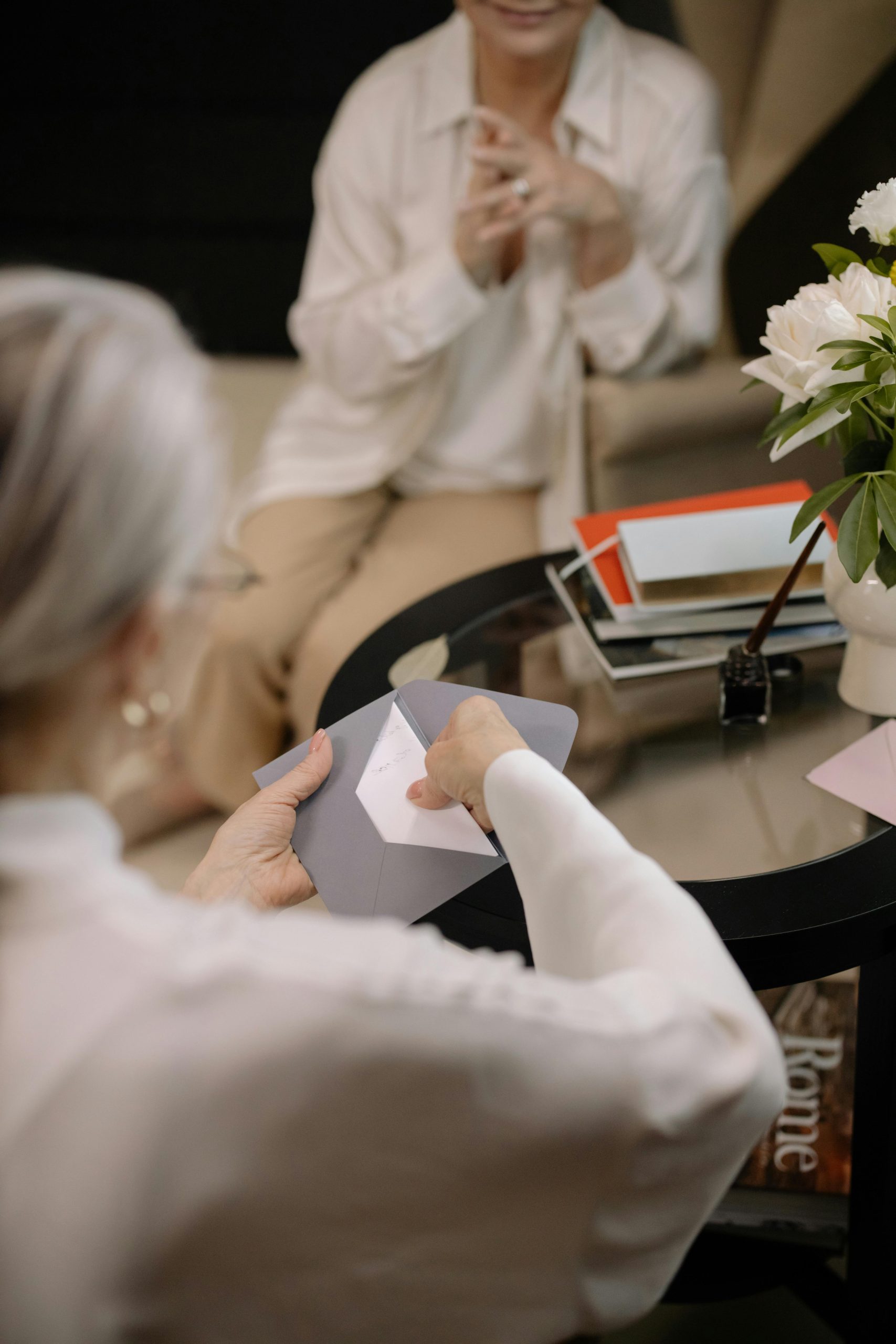Elevating Visual Interest in Your Design Work
Hello, fellow design enthusiasts! Over the past four months, I’ve immersed myself in the world of UI/UX design. Throughout this journey, I’ve encountered ongoing challenges with creating captivating visuals and maintaining consistency across my projects. While certain sections of my designs stand out, others often feel disjointed, disrupting the overall harmony.
As I strive to refine my skills, I find myself grappling with how to better establish a cohesive design language and enhance the visual appeal of the imagery I incorporate.
To gain perspective, I’m sharing a few examples of my recent creations. I’m diligently working on rectifying foundational aspects such as hierarchy, spacing, and typography. Yet, despite these efforts, I still sense that my designs are missing a critical element. I would greatly appreciate your feedback and insights.
Here are a few of my recent designs:
I look forward to your constructive criticism. Your expertise can guide me to create more engaging and visually consistent designs!





2 responses to “Enhancing visual appeal in images and design”
Creating visual interest and consistency in your designs is a crucial aspect of UI/UX design, and it’s great to see that you’re proactively seeking ways to improve. Here are some practical tips and concepts to consider that can help enhance both the visual dynamics of your designs and their overall cohesion.
1. Establish a Strong Visual Hierarchy
Visual hierarchy guides users through your design, making important elements stand out. You’ve already noted that you’re working on hierarchy—excellent! To strengthen this:
Size and Scale: Larger elements capture attention first. Use size contrasts strategically to emphasize key features (like CTAs or headings) while ensuring smaller elements don’t compete for attention unnecessarily.
Color and Contrast: Use color contrast thoughtfully to highlight or group elements. A consistent color palette that resonates with your brand can tie the design together while distinct colors can signal different actions or categories.
2. Use a Cohesive Color Palette
Select a limited color palette that reflects your brand and complements various elements in your design. Tools like Adobe Color or Coolors can help you generate harmonious color schemes. When applying colors:
Primary vs. Secondary Colors: Use primary colors for key actions and secondary colors for supplementary information. This helps users navigate and understand the content hierarchy effortlessly.
Consistent Use of Color: Ensure that colors used for similar functions (like buttons or links) remain consistent across all sections to build familiarity and expectation.
3. Typography Matters
While you’ve focused on typography, remember that type contributes not just to readability but also to the overall tone of your design. To enhance your typography:
Limit Font Choices: Stick to 2-3 font families max. Choose one for headings, one for body text, and perhaps an accent font for special highlights.
Contrasts and Weights: Use different weights or styles (italic, bold) of the same font family to create visual interest while maintaining cohesion.
4. Create Visual Rhythm with Spacing
Consistent use of spacing (margins, padding) can help unify disparate elements and create a sense of balance.
Use Grids: Employ grid systems to keep everything aligned. A well-structured grid minimizes the “out of place” feeling you mentioned because it provides a visual guide for placement.
Whitespace is Your Friend: Don’t be afraid of empty spaces; they help prevent clutter and can draw focus to the main content. Ensure that each element has enough breathing room.
5. Dynamic Imagery
The images you choose can significantly affect the visual interest of your design:
Consistent Style: Choose images that share a unified style—whether they be photographs, illustrations, or icons. A consistent aesthetic (color grading, mood) creates a more harmonious layout.
Purposeful Imagery: Make sure all images serve a clear purpose. They should enhance your message, support the content, or guide user interaction rather than merely decorate.
6. Integrate Patterns and Textures
Subtle patterns and textures can add depth and visual cues without overwhelming the design. Consider using background textures that resonate with your brand identity, or applying pattern overlays to sections to create differentiation.
7. Seek Feedback and Iterate
Don’t hesitate to seek feedback from peers or the design community. Platforms like Dribbble and Behance are great for sharing your work and obtaining constructive critiques. Iterating based on feedback can often lead to a more polished end result.
In conclusion, enhancing visual interest and achieving design consistency is a journey. Keep practicing, exploring various styles, and applying these techniques. Regularly revisiting your designs with a fresh perspective can also reveal new ideas and improvements. Good luck with your continued learning, and feel free to share specific aspects you’re unsure about for more tailored feedback!
Hello! First off, I want to commend you for your dedication to refining your design skills and seeking feedback—it’s a crucial part of the creative process! Regarding your challenge with visual cohesion, one aspect you might consider is developing a mood board for each project. This can serve as a reference point for color palettes, typography, imagery, and overall style, ensuring that all elements align with the intended aesthetic.
Additionally, pay attention to the balance of negative space in your designs. Sometimes, giving your elements a bit more breathing room can enhance the overall visual appeal and help create a sense of harmony. You might also want to explore utilizing grid layouts, which can aid in establishing a consistent structure across different sections, making the designs feel more interrelated.
Don’t hesitate to experiment with layering textures or subtle patterns in the background, as these can add depth and interest without overwhelming the primary content. Lastly, it could be helpful to engage in a peer-review process with other designers. Fresh eyes can often catch things we might overlook.
Looking forward to seeing how you implement these ideas into your work—keep pushing those creative boundaries!